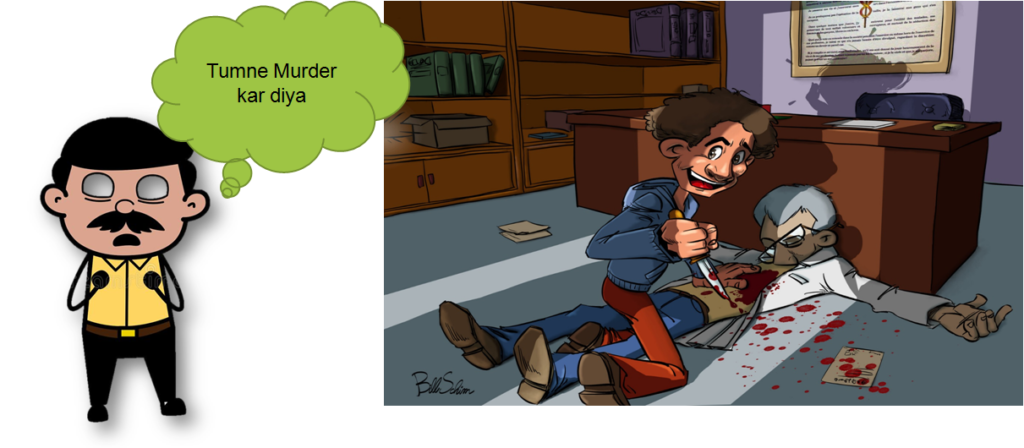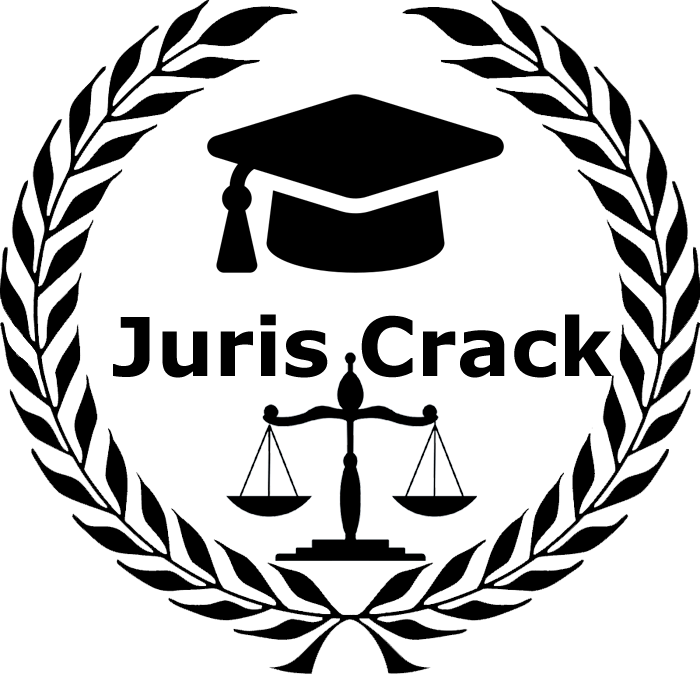Relevancy of facts forming part of same transaction
Section – 6 of Evidence Act – Res Gestae

- Res Gestae is a Latin phrase which means that forming the part of same transaction or literally mean act done or actus .
- Res Gestae is used to refer to a declaration that is made at an event , that proves the happening of event because the words uttered upon witnessing the event.
- The utterances or declaration must be simultaneous , spontaneous and instantaneous so there will be very little room to misrepresent or fabricate the declaration.
- For example , res gestae would exist if a person scream or yelled FIRE upon noticing that fire had broken out in the crowded movie theatre . The declaration can be interpreted as proof that a fire actually happened.
- Res Gestae was once considered as an exception to the Hearsay rule.
- Essentials of Res Gestae –
-
- The statement made should not be an opinion and must be a fact.
- The statement should be made by the participants of the transactions.
- The statement should have enough information to explain the incident.
- the statement or the act of the person should be spontaneous and simultaneous to the main transaction.
- In some jurisdictions , Res Gestae has also been used in connection with admission of sketches the police draws of the potential suspects.
- The meaning of the doctrine of Res gestae is still unclear and it is not definitive .
- The reasons behind the unclearness that the discretion left to the courts to consider the relevant evidence based on the whole facts of the cases.
History of Res Gestae
- The doctrine first appear in the case of Thompson v. Trevanian in 1693.
- In the infamous decision of Cockburn C.J in R v. Bedingfield , the principle of Res Gestae and the exception of the Rule of Hearsay was discussed. The Cockburn C.J held that statement was not admissible , since it was something stated by her after it was all over . He said , that it was not the part of the transaction
- “The court had excluded evidence that the murder victim, who had run out of a house with her throat cut, had said to her aunt ‘see what Harry has done’.”
- However this decision was overruled in the case of Ratten v. R. where under the common law , it was defined in the liberal and wider terms.
Res Gestae in Indian Evidence Act
- In Bhairon singh v. State of Madhya Pradesh (2009) , the Supreme Court has pointed out that the rule embodied in the section – 6 is usually known as the Rule of Res Gestae
- Illustrations:
- An injured or injured person’s cry.
- The witness’s cry to see a murder happen.
- The sound of a shot of a bullet.
- The person being attacked is crying for help.
- Gestures made by the person dying etc.
Section – 6 of Evidence Act
Res Gestae – Case Laws
Supreme Court in Sukhar v. State of U.P., 1999 (7) JT 537 held that for bringing hearsay evidence within the provision of Section 6, what is required to be established is that it must be almost contemporaneous with the acts. There should not be an interval which will allow fabrication.
In Sanwal Das v. State of Bihar, AIR 1974 SC 778, ‘A’ assaulted ‘B’ on the neck with a knife and this is seen by bystanders who exclaimed ‘A’ is killing ‘B’. The exclamation is as much part of the transaction of murder as the gushing out of the blood from the wound inflicted on the neck.
On the other hand, in State of A.P. v. Panna Satyanarayan, AIR 2000 SC 2138, the accused murdered his wife and daughter. The father of deceased wife stated that the father of accused told him on telephone that his son had killed the deceased. There was no finding as to whether such information was given either at the time of commission of crime or immediately thereafter so as to form part of the same transaction. The statement was held not to be relevant under Section 6.








No comment